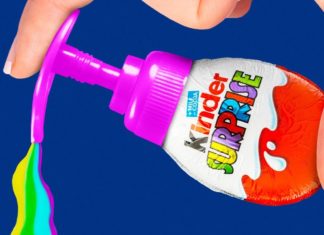
Carpet is one part of a house that, while very important, does not get much attention. Carpet gets trampled and spilled on, collects dog hair and dirt, and is used and abused every single day. But, when your flooring finally wears out and it’s time to shop for new carpet, where do you begin? Buying carpet can be confusing because there are so many choices in construction, pile types, and colors and styles. Here are some important features to look for in carpet.
First, decide whether you would like to purchase woven or tufted carpet. Tufted carpet is the most common, and is made of rows of machine-punched yarn held together with glue and a backing. Tufted carpets will generally last seven years (some thicker piles and better fibers may last longer depending on daily traffic). Woven carpet is actually made on a loom and is considerably more expensive than tufted carpet. It will last twenty to thirty years, so woven carpet can be considered a long-term investment.
Next, consider the type of pile that suits your needs. Some carpet fibers are left intact to form loops (loop pile), some are sheared to make cut pile, and some carpets are made with a combination of cut and loop pile. Loop pile is thought to be slightly more durable than cut pile because the whole fiber is left intact and will stand up better to wear. Seeing and touching different carpets and pile types will help you better understand your preferences, so examine carpets with all three pile types.
Pile types also differ in height and density, so be sure to acknowledge those differences as well. Shorter pile (like berber) will be very easy to care for, while thicker, taller pile may feel better to the toes but will trap more dirt and may become crushed by a large volume of traffic. For example, plush pile is cut to a level height, is comfortable underfoot, and is best used as a bedroom floor covering because it crushes easily; plush pile would not look as nice in a high traffic hallway. Berber is a loop pile carpet that is very short, less comfortable underfoot, and is a good choice for staircases or family rooms because it is very durable; it does not crush because the pile is short.
Another important component of carpet that will determine longevity, care, and wear, is fiber type. Pile can be made up of synthetic or natural fibers, or a blend of the two. The most common carpet fiber is nylon, which is stain resistant, durable, and comes in many colors. It is one of the more expensive synthetic fibers available. Other common fiber types are wool and polyester. Wool is a natural fiber that is strong and naturally flame retardant and stain resistant. Most synthetic fibers are meant to imitate wool carpet which is very appealing to the touch. When first installed, wool carpet will shed a bit. Polyester has a wool-like appearance and is mainly used in cut pile carpets. It is soft and affordable, but it will mat down easily so it may have a shorter life span than wool or nylon. Other fiber types are available such as jute, sisal, and linen, but they are more expensive and easily damaged by sunlight and liquids.
When you shop for your carpet, take measurements of your room so that you can have an idea of how much carpet you will need. Many carpet stores will use your measurements to help figure out exactly how much carpet to order. Keep in mind that prices are often set per square yard, so divide the price per yard by nine to get the price per square foot. Be prepared to order new padding to go with your new carpet; good padding is essential so even if you have to go a step lower in carpet quality, choose a high quality pad. Ask if your chosen carpet will seam well (a good carpet seam will be inconspicuous). Almost every carpeted room will have a seam, and some carpets seam better than others, so this factor is important. Installation of wall-to-wall carpeting is quite tricky, so leave the installation up to professionals.
Before you commit to purchasing carpet from a certain store, browse other shops to compare prices and service. Take home carpet samples to compare them with the color palette of your room. Take time when buying carpet to select the proper color, pile, and fiber type. A good carpet will last 7+ years, so make sure to purchase a carpet that you will like even a few years into the future!






































